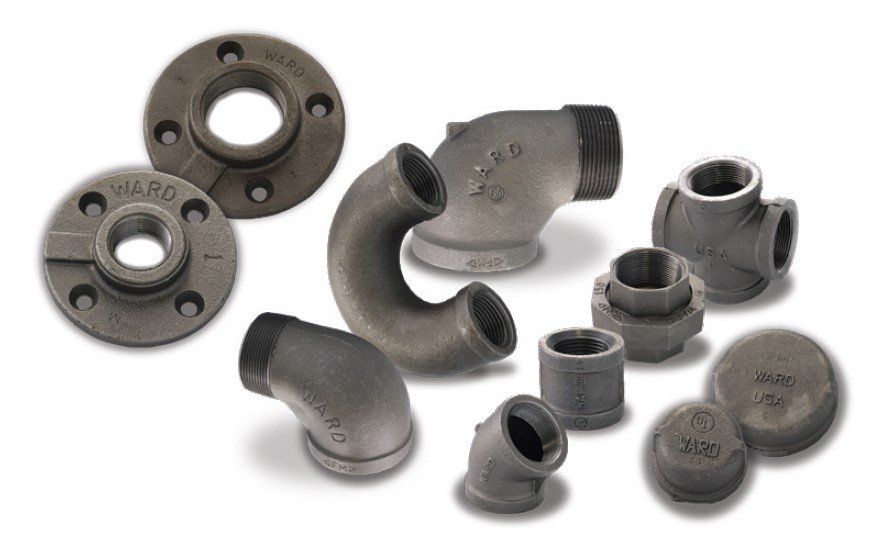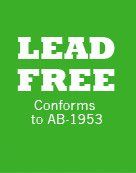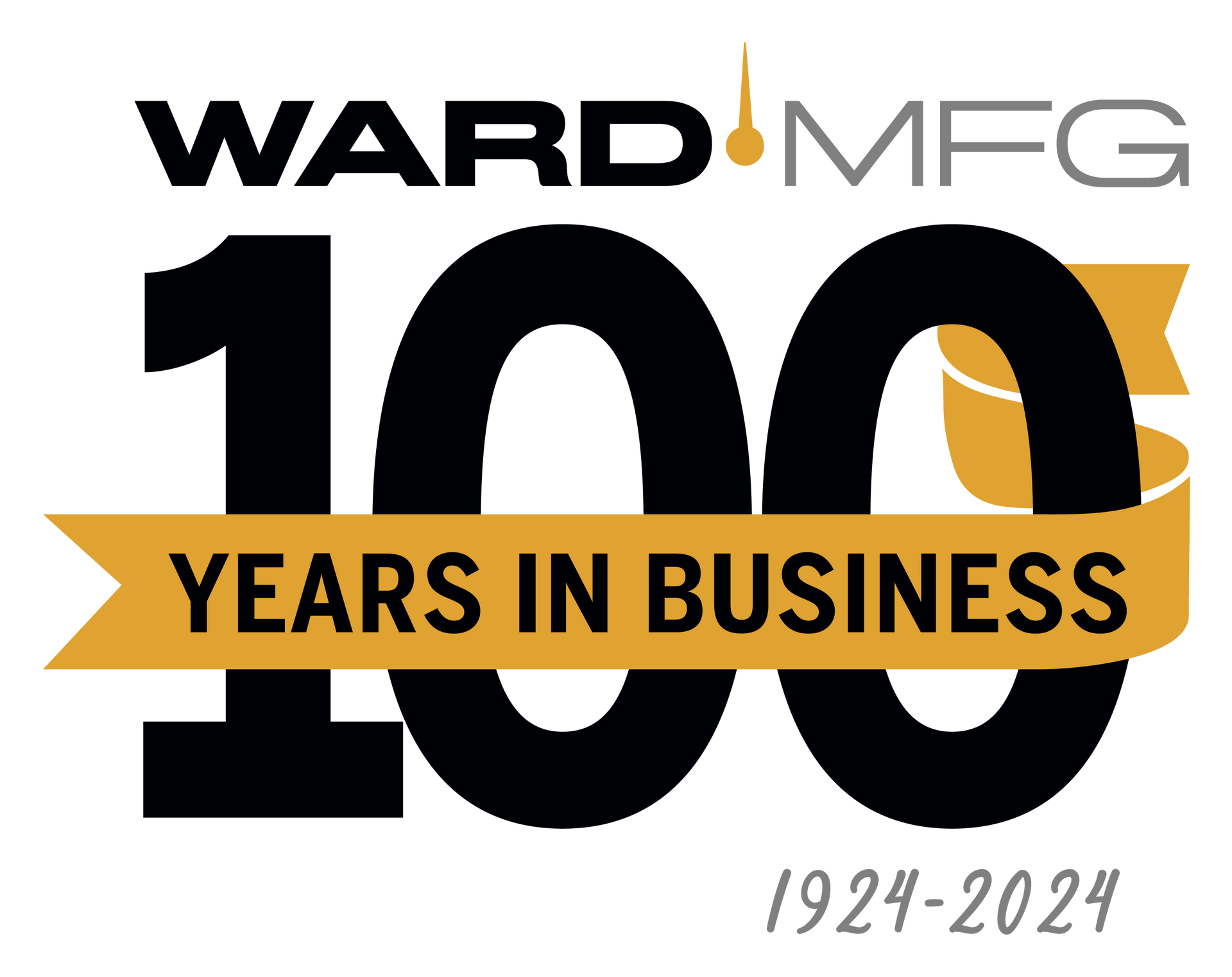Pipe Fittings
Extra strong, expertly cast iron is at the heart of Ward Fittings quality.
From laboratory to foundry, raw materials undergo strict metallurgical and processing controls, chemical analysis and inspection to produce closely grained, high-tensile, non-porous iron.
Generations of expertise and rigorous quality control results in durable yet precise cast and malleable iron fittings and components that meet or exceed national and industry standards – and the needs of contractors in North America who believe that down to the last detail, quality counts.

Top quality malleable and cast iron is our starting point.
Continuing to set the highest standards in fine construction across North America is our end game.
Product Features
- Wide range of products for sprinkler systems, drainage systems other installations, including fittings, connectors, unions, plugs & bushings, and more
- Accurate form, length and straightness on threads for easy engagement
- Chamfered openings for fast, easy engagement and assembly
- Precision machining
- Rust-resistant coating






